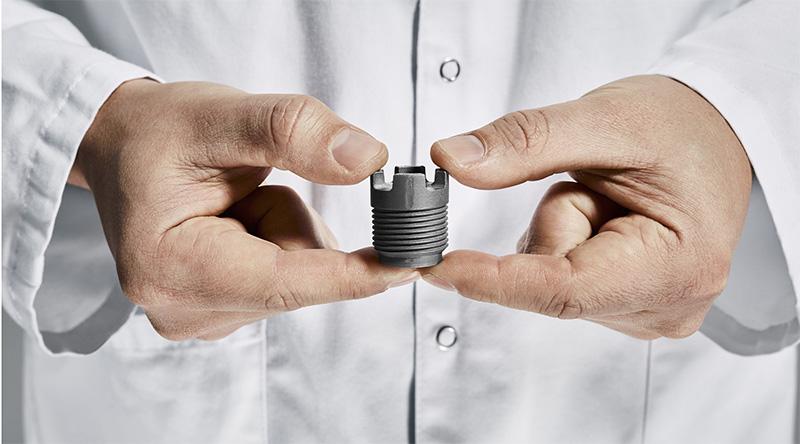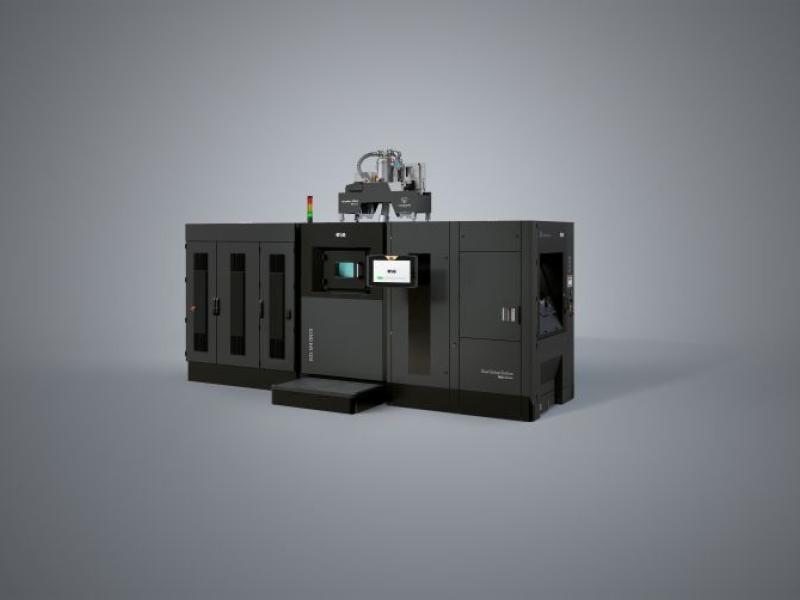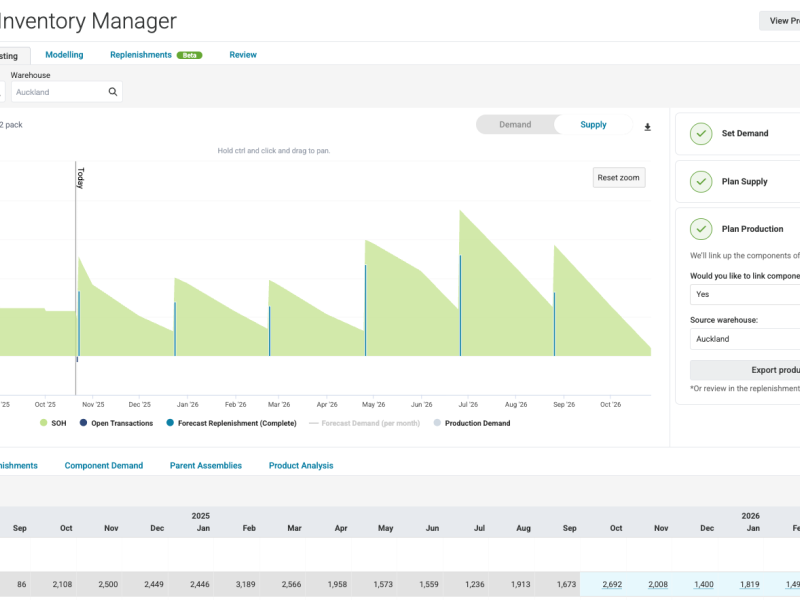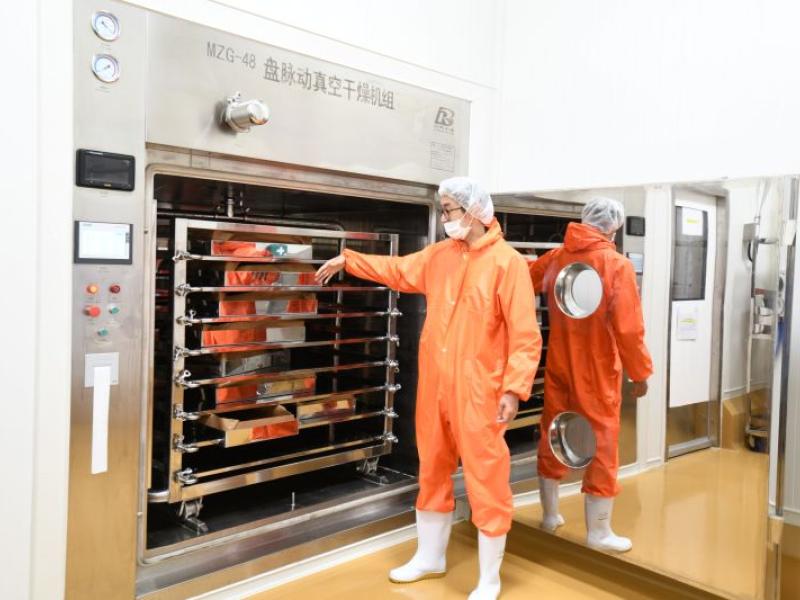Sandvik continues to expand its additive offering through introducing 3D printed cemented carbide – with superior wear-resistant properties. This is enabled by a unique powder, crafted through a patented process.
Cemented carbides have a unique character as a result of their composite structure –
a wear-resistant phase bonded together by a ductile binder metal – and are widely used across multiple industries such as metal cutting, agriculture, food, and oil and gas. Due to its inherent hardness, cemented carbides can be challenging to machine, not least in complex geometries. Leveraging its century-long materials expertise, Sandvik can now offer 3D printed cemented carbide on a commercial scale – based on a tailor-made powder attained through a proprietary process – with the design freedom, decreased material waste, and fewer replacements that comes with additive manufacturing technology.
In its “Plan it, Print it, Perfect it” approach to additive manufacturing, Sandvik states printing is just one of the seven steps you have to master in order to succeed with the industrialization of AM – and that obtaining the most optimal material, tailor-made for your AM process and end component, is the first and perhaps most important step. Anders Ohlsson, Lead Product Manager at Sandvik Additive Manufacturing, comments:
“The most critical component in our process is working with powders that have the just-right properties. Above all, high density crucially impacts the quality achievable in terms of material properties and geometry. Sandvik has developed both a powder and a process that are unique. My view is that with commercial powders, you can make things that look cool – but don’t really work. Our powders are optimized to print components that look great, work well – and are fit for use in actual applications, demanding environments, and serial production. It’s also well worth mentioning the ability to 3D print cemented carbide speeds up our time-to-market rather dramatically. Prototyping used to take 6-12 months – and now our lead time to date is a matter of weeks.”
Anders Ohlsson continues:
“Cemented carbide is one of the very hardest, if not the hardest material available in 3D printed shape as of today. When implementing additive manufacturing into your business, you basically eliminate all previous design restrictions – enabling you to focus on designing components based on operational needs and requirements, without having to adapt to a specific shape or form. One example is this wire drawing nib from a recent R&D project in our workshop. The closed loop spiral coolant channels enable efficient cooling of the nib, while the wire remains dry. This would have been impossible to achieve without additive manufacturing.”
A key differentiator compared to other hard materials is the fact that these alloys are often brittle, to some extent – while cemented carbide, with its’ matrix structure consisting mainly of cobalt and tungsten carbide, is uniquely tough. Thanks to the extreme durability of the material, the printed components are well suited for most industries looking to optimize production efficiency – including those operating in challenging environments.
FOR FURTHER INFORMATION https://www.additive.sandvik






